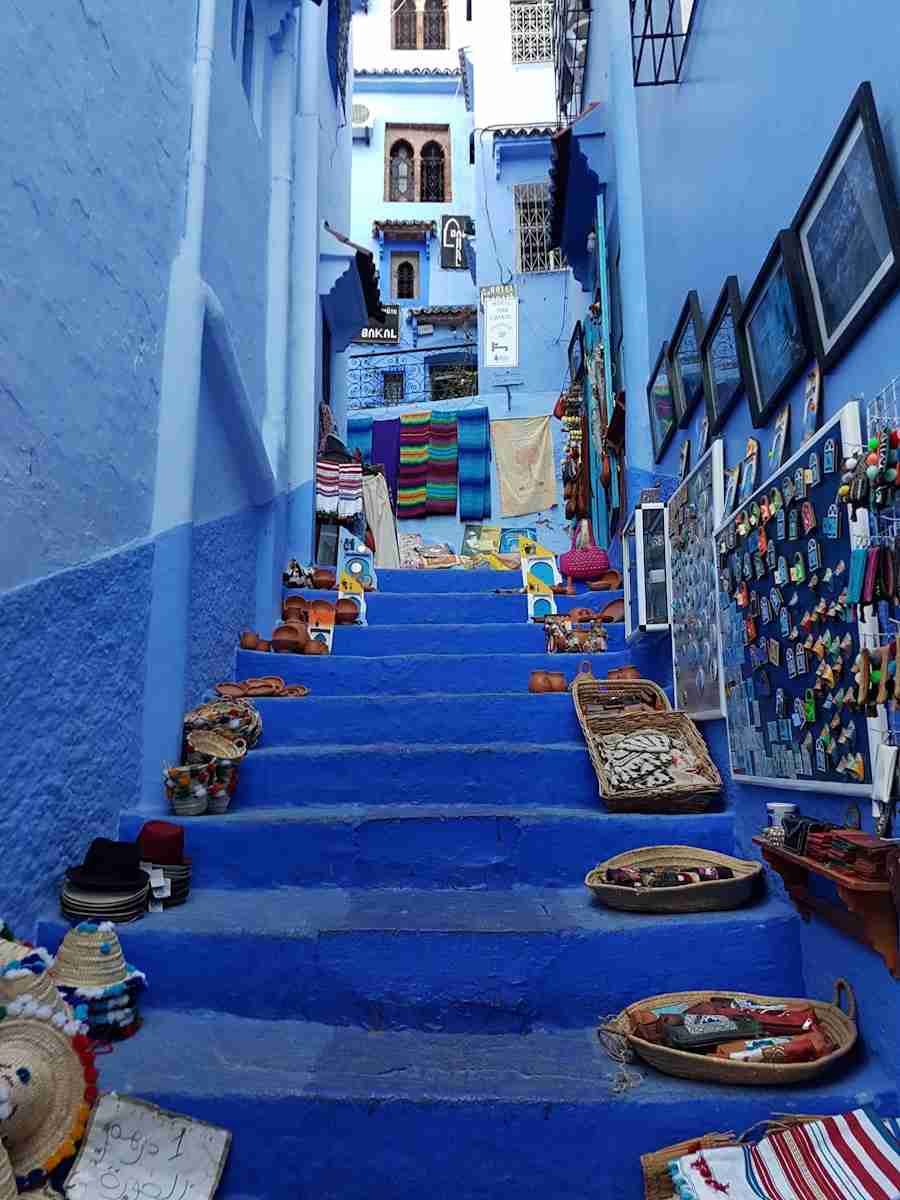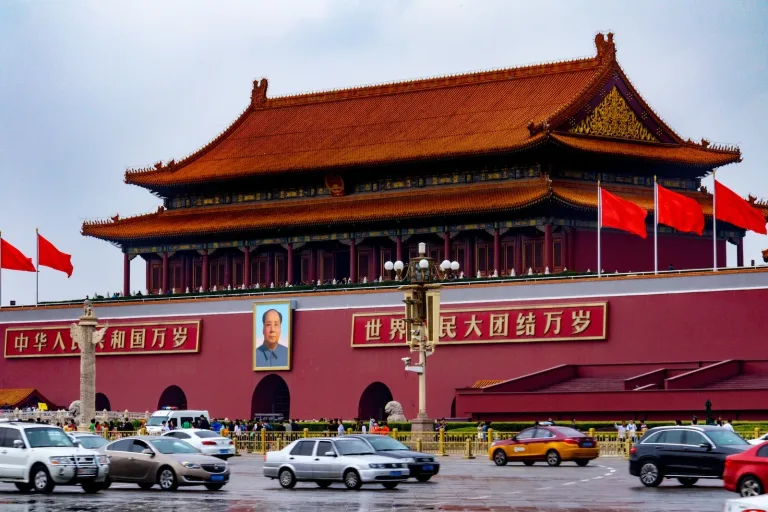23 Fun Facts About Morocco | Unexpected Wonders
1. Morocco is home to the oldest university in the world
Founded in 859 AD, the University of al-Qarawiyyin in Fes holds the title of the oldest continuously operating university on the planet. This prestigious institution played a vital role in the spread of knowledge and culture during the Islamic Golden Age.
It originally focused on religious instruction, but over the centuries expanded its curriculum to include a broad range of subjects like science, mathematics, and languages. Today, the University of al-Qarawiyyin remains a respected center of learning, drawing students from across Morocco and beyond.
2. You can ski in Morocco’s Atlas Mountains.
While Morocco might be known for its deserts, it also offers the chance to experience the thrill of winter sports. The Atlas Mountains, stretching across the country, receive enough snowfall during the winter months for skiing and snowboarding.
The Oukaïmeden ski resort is the most popular destination, offering slopes for a variety of skill levels and beautiful views of the surrounding peaks. It’s a unique way to experience Morocco’s diverse landscape.
3. Morocco boasts a vibrant film industry & is backdrop to many movies
Morocco’s striking scenery and diverse landscapes have made it a favorite filming location for decades. Film buffs might recognize locations featured in iconic movies such as “Lawrence of Arabia,” “Gladiator,” and even parts of the “Game of Thrones” series.
The country is home to several large film studios, attracting projects from all over the world. This thriving film industry contributes to Morocco’s rich and multifaceted cultural scene.
4. Moroccan architecture is a stunning showcase of craftsmanship
From intricate tilework and carved plaster to soaring arches and vibrant courtyards, Moroccan architecture is a feast for the eyes. The country’s architectural heritage reflects centuries of influences, blending Islamic, Berber, and European styles.
Mosques, riads (traditional houses), and palaces showcase the artistry of Moroccan builders. These architectural wonders are a testament to the country’s rich cultural legacy.
5. Morocco has a strong literary tradition dating back centuries.
Moroccan literature spans a variety of languages and forms, reflecting the country’s diverse heritage. Early literary works were often written in Arabic, covering topics like religion, philosophy, and history.
In modern times, Moroccan authors have gained recognition for their works in both French and Arabic, exploring themes of identity, culture, and social issues. From medieval scholars to contemporary novelists, Morocco boasts a rich literary legacy.
6. Morocco is home to Africa’s highest ski resort.
While Morocco might bring to mind deserts and beaches, it also boasts Africa’s highest ski resort, Oukaïmeden. Located in the Atlas Mountains, Oukaïmeden attracts skiers and snowboarders from across the country and beyond during the winter season.
The resort offers several slopes catering to varying skill levels and panoramic views of the surrounding peaks. It’s a unique testament to Morocco’s geographical diversity and promises a winter adventure unlike any other.
7. Traditional Moroccan music blends diverse influences.
Moroccan music is a vibrant tapestry of sounds, drawing inspiration from Berber, Arab, and Andalusian traditions. Iconic instruments like the oud (a lute-like instrument), the ney (flute), and various percussion instruments create captivating melodies and rhythms
Different regions have their own distinctive musical styles, reflecting local history and culture. Music plays a vital role in Moroccan celebrations, festivals, and everyday life.
8. Argan oil, dubbed “liquid gold”, is a Moroccan treasure.
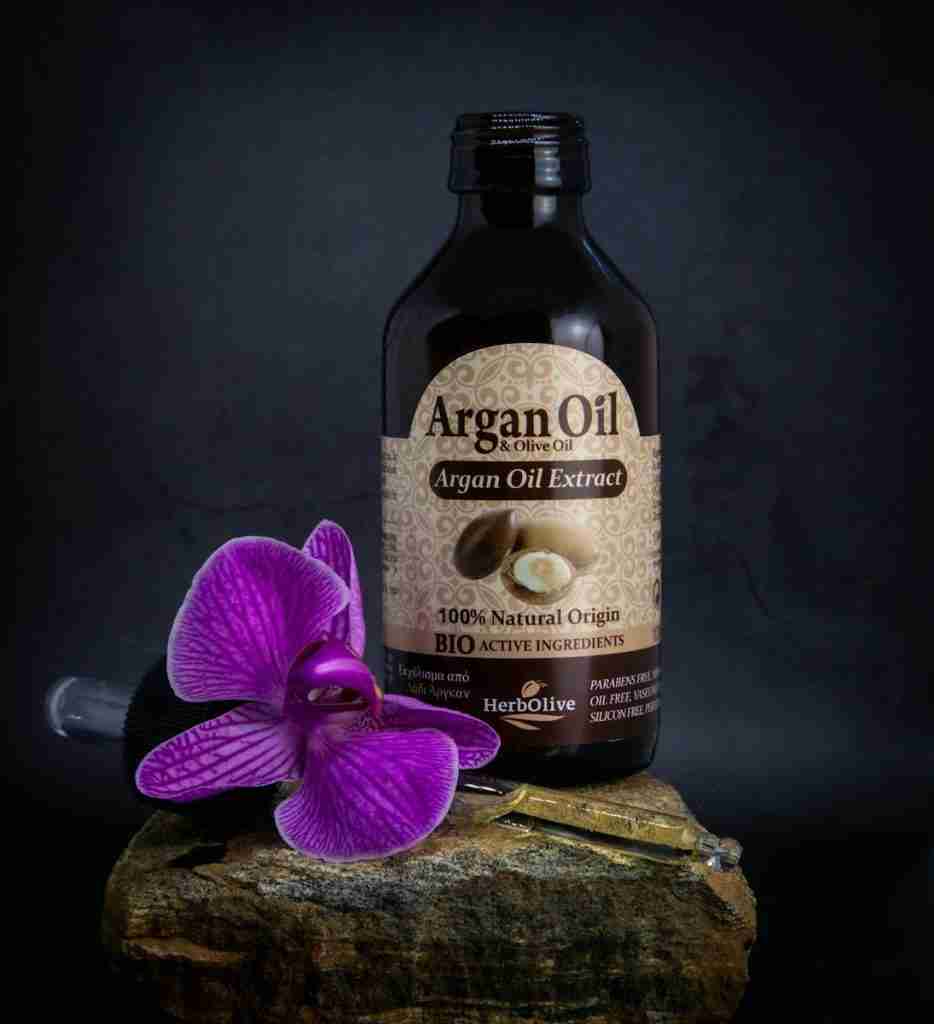
Argan oil, extracted from the kernels of the argan tree native to Morocco, is renowned for its cosmetic and culinary uses. Traditionally produced by Berber women, argan oil is rich in vitamins and antioxidants, making it a sought-after beauty product.
It’s also used in Moroccan cuisine, adding a nutty flavor to dishes. The production of argan oil supports local communities and showcases Morocco’s natural resources.
9. Morocco is home to colorful souks and bustling markets.
Souks (markets) are a cornerstone of Moroccan life, offering a sensory overload of sights, sounds, and smells. These bustling labyrinths are filled with vendors selling everything from spices and textiles to carpets, leather goods, and traditional crafts.
Haggling is expected, and engaging with the vendors is part of the souk experience. Exploring a souk provides a glimpse into the heart of Moroccan commerce and culture.
10. The Sahara Desert offers adventure and breathtaking landscapes.
The vast Sahara Desert covers a significant portion of Morocco, offering endless possibilities for adventure and exploration. Visitors can experience the majesty of the sand dunes by camel trek, explore nomad encampments, or try sand boarding for an adrenaline rush.
Nights in the desert bring the magic of a star-filled sky, far from any light pollution. The Sahara is a place of stark beauty and a reminder of the power of nature.
11. Morocco is a land of enchanting festivals and celebrations
Moroccans celebrate with gusto, and the country’s annual calendar is filled with a variety of festivals and events. Some festivals celebrate religious occasions and cultural traditions, while others focus on music, arts, or even specific harvests.
These vibrant celebrations showcase facts about morocco with music, dance, costumes, and delicious food. Attending a festival offers an immersive and unforgettable experience of Moroccan culture.
12. The traditional Moroccan tea ritual is an art form.
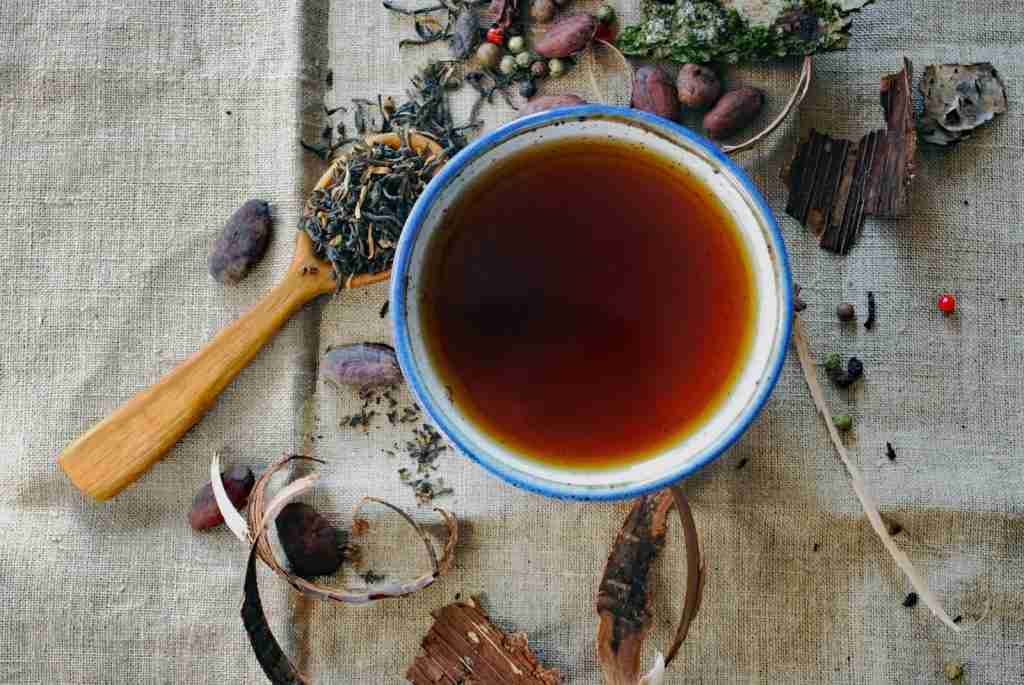
Mint tea, with its refreshing flavor and symbolic significance, is deeply ingrained in Moroccan culture. Preparing and pouring Moroccan tea is a ritual filled with hospitality and tradition.
Tea is often brewed with fresh mint leaves and sugar, then poured from a height to create a characteristic foam. Enjoying mint tea is a social occasion, shared with family, friends, and guests.
13. Morocco has a unique tradition called the fantasia.
Fantasia, also known as ‘tbourida‘, is a thrilling equestrian performance deeply rooted in Moroccan culture. Riders dressed in traditional attire charge their horses across an open field, firing rifles into the air in a synchronized display of horsemanship and heritage.
Fantasia performances are often held during festivals and special occasions, showcasing the power and skill of both horse and rider. They offer a glimpse into Morocco’s rich cultural traditions.
14. The Majorelle Garden is a vibrant oasis in Marrakech.
The Majorelle Garden is a botanical masterpiece and one of Marrakech’s most beloved attractions. Created by French painter Jacques Majorelle, the garden boasts cobalt blue accents, lush greenery, and a sense of tranquility amidst the bustling city.
Visitors can wander through the cacti, palms, and water features, admiring the vibrant colors and intricate designs. The Majorelle Garden serves as a haven for art lovers, nature enthusiasts, and those seeking a respite from the lively streets of Marrakech.
15. The blue streets of Chefchaouen create a picture-perfect town.
Chefchaouen, a picturesque town nestled in Morocco’s Rif Mountains, is known for its striking blue-washed walls. Theories about the origin of this tradition range from warding off mosquitos to creating a sense of coolness in the hot summer months.
Regardless of the reason, the blue hues transform Chefchaouen into a photographer’s dream. Exploring its winding streets, admiring the local crafts, and sipping mint tea in a café make for a captivating day trip.
16. The Tanjia is a unique and delicious Moroccan dish.
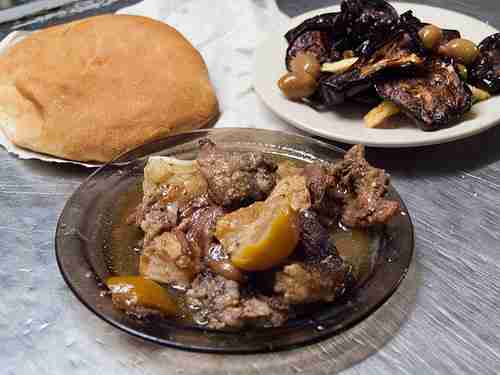
The Tanjia is a Marrakech specialty, a slow-cooked meat dish with a unique preparation method. Traditionally, ingredients like lamb, spices, and preserved lemons are placed in a clay pot called a Tanjia, which is sealed and taken to a public hammam (bathhouse).
The pot is left to cook slowly in the embers of the hammam’s furnace for several hours. The result is a tender, flavorful dish that embodies the essence of Marrakech’s culinary heritage.
17. Traditional Moroccan homes are designed around a central courtyard.
Riads, traditional Moroccan houses, offer a glimpse into the country’s unique architecture and cultural heritage. Riads are designed around a central courtyard, often featuring a fountain or garden, providing a sense of privacy and tranquility.
The rooms open onto this central courtyard, offering shade and a space for family gatherings. Many riads have been lovingly restored and transformed into charming guesthouses, offering visitors an authentic Moroccan living experience.
18. You can find snail sellers in Moroccan markets.
Snails might not be a common snack in many parts of the world, but they hold a special place in Moroccan cuisine. Snail sellers are a common sight in Moroccan markets, offering bowls of cooked snails flavored with a fragrant broth.
For the adventurous foodie, trying snails is a unique way to experience Morocco’s culinary offerings. These small bites offer a burst of earthy and savory flavors that represent a side of Moroccan cuisine that may surprise visitors.
19. Morocco played a key role in World War II history.
Morocco’s history goes far beyond vibrant souks and stunning landscapes, encompassing crucial events that shaped the world. During World War II, Morocco served as a vital staging ground for Allied operations, including the pivotal Casablanca Conference in 1943.
This conference brought together leaders like Franklin D. Roosevelt and Winston Churchill to strategize Allied plans for the war. Morocco’s contribution during this era highlights its important place in global history.
20. The Hercules Cave near Tangier is steeped in legend.
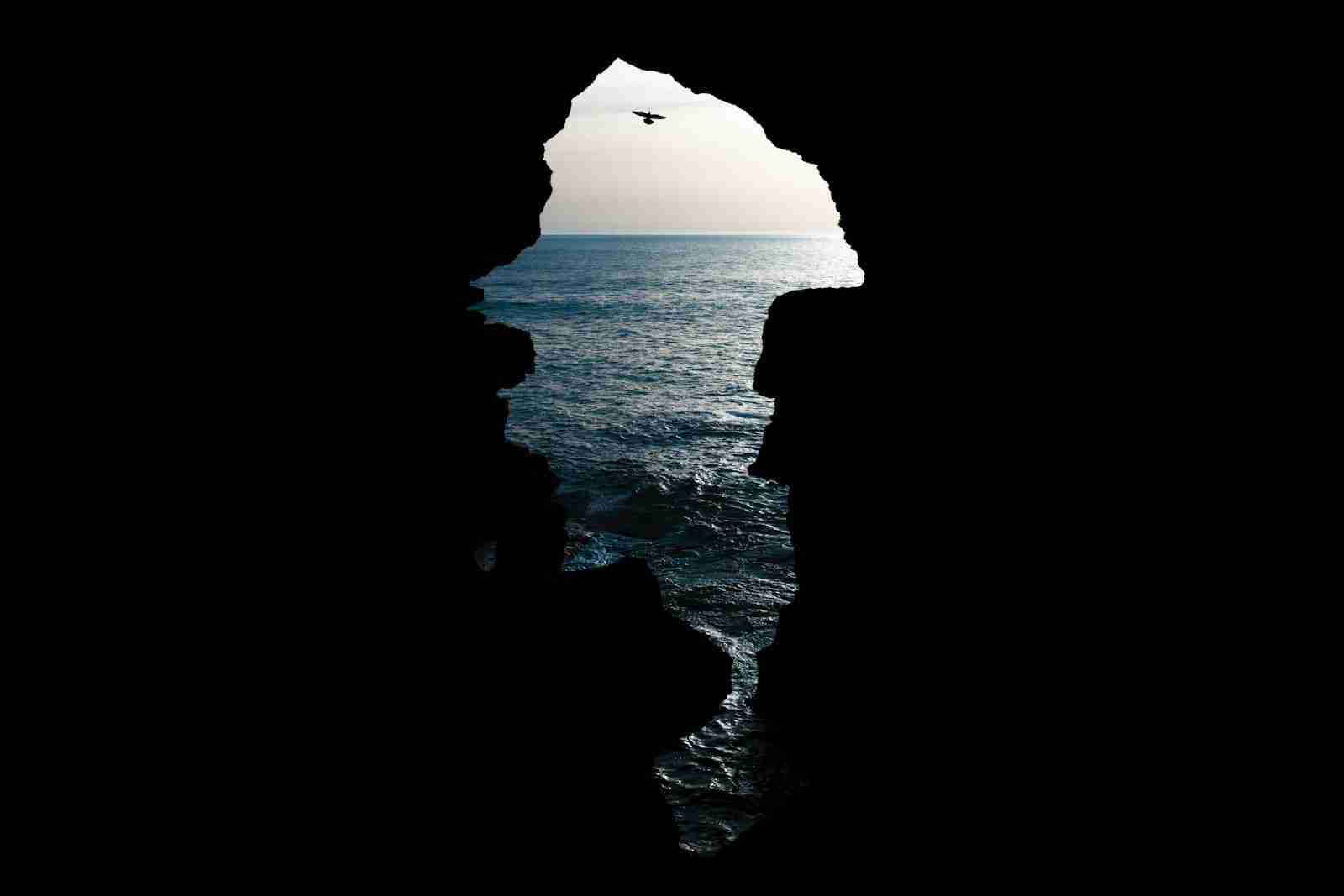
Located near Tangier, the Hercules Cave is a captivating site where nature and mythology intertwine. The cave opens out towards the sea, creating a shape reminiscent of the African continent according to legend.
It is believed that the mythical hero Hercules once rested in this cave before his labors. The Hercules Cave remains an intriguing destination that inspires the imagination and showcases Morocco’s enduring connection to its rich storytelling traditions.
21. Fossils found in Morocco reveal prehistoric secrets.
Morocco is a treasure trove for paleontologists, with fossil discoveries uncovering prehistoric creatures that once roamed the land. From dinosaur fossils to ancient marine life, finds in Morocco have helped shed light on Earth’s distant past.
Significant fossil sites in the country offer a glimpse into the evolution of life on our planet. These discoveries provide fun facts about morocco that are not only fascinating but also contribute to our understanding of the world’s origins.
22. Morocco’s diverse terrain provides habitats for fascinating wildlife.
From the Atlas Mountains to the Saharan dunes, Morocco’s varied landscapes support an array of wildlife. Barbary macaques, the only wild monkey species in Europe, can be found in the Middle Atlas Mountains.
The desert regions are home to creatures like fennec foxes, scorpions, and snakes. Morocco’s rich biodiversity adds another layer to the country’s natural wonders, offering opportunities for wildlife enthusiasts to observe creatures in their natural habitats.
23. Bread holds a special significance in Moroccan culture.
Bread is more than just food in Morocco—it’s deeply ingrained in the culture and symbolizes sustenance and hospitality. Moroccan bread, often round and flat, is traditionally baked in communal ovens.
Breaking bread together is an act of sharing and togetherness. Bread is never wasted and plays a role in traditional rituals, further emphasizing its importance in Moroccan life.
FAQs
Morocco’s national dish is tagine, a flavorful stew cooked in a traditional earthenware pot of the same name, typically containing meat or fish, vegetables, and a blend of spices.
Morocco’s culture is rich and diverse, influenced by its Arab, Berber, and European heritage, reflected in its architecture, music, art, and culinary traditions.
Moroccan cuisine is renowned for its bold flavors, aromatic spices, and diverse ingredients, with popular dishes including couscous, pastilla, harira soup, and an array of tagines.
Morocco is a constitutional monarchy, and King Mohammed VI has been the reigning monarch since 1999, serving as both the head of state and the head of government.
In addition to tagine, Moroccan cuisine features dishes like couscous royale, bastilla, merguez sausage, and mint tea, all of which showcase the country’s culinary prowess.

